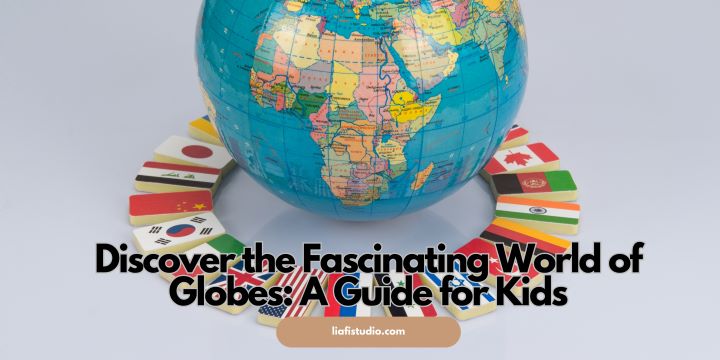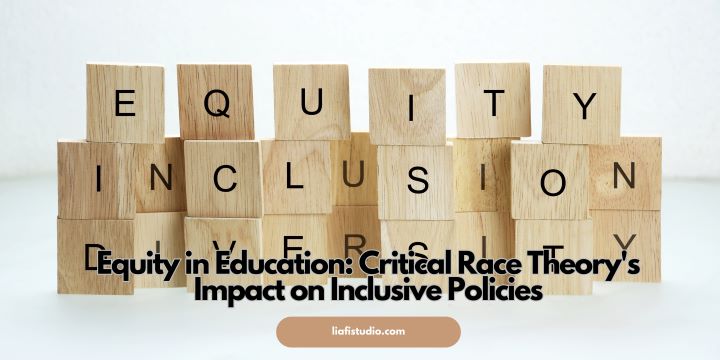Key Takeaways
- Globes provide a unique, interactive way for kids to learn about the world.
- They can enhance geographic understanding and spark curiosity.
- Different types of globes offer various learning experiences.
Table of Contents
- What Are Globes?
- Types of Globes
- Benefits of Using Globes
- How to Choose a Globe for Your Child
- Fun Activities with Globes
- Using Globes in the Classroom
- Additional Resources for Learning
- Conclusion
What Are Globes?
Globes are spherical representations of the Earth, showcasing continents, countries, and oceans. They provide a more accurate depiction of our planet compared to flat maps due to their three-dimensional nature. Owning a kids globe can introduce young learners to geography in an interactive manner, making learning fun and engaging.
For centuries, globes have been utilized as educational tools. Ancient civilizations, including the Greeks and Romans, used them to understand geography and astronomy. Modern globes have evolved to offer various designs and features, making them suitable for many educational needs. By providing a tactile experience, globes make learning geography an interactive and hands-on activity that can captivate children’s attention for hours.
Types of Globes
There are several types of globes designed for different purposes. Political globes highlight countries and borders, making it easier for kids to learn about the world’s nations and their relationships. These globes often use vibrant colors to differentiate countries, which can help children easily identify and remember them.
Physical globes, on the other hand, illustrate Earth’s terrain, showing mountains, valleys, deserts, and bodies of water. These globes can help children understand the physical landscape of our planet and how different regions vary in terms of geography. Additionally, some physical globes also depict ocean currents and wind patterns, providing a more comprehensive understanding of Earth’s natural phenomena.
Interactive globes have gained popularity in recent years. These globes come with touch-sensitive features or are paired with apps that provide additional information, videos, and fun facts about various locations. Some interactive globes also include augmented reality components, allowing kids to explore different regions in a virtual environment. Illuminated globes are another exciting option, as they can double as night lights, making them both educational and decorative.
Benefits of Using Globes
Using globes can greatly enhance a child’s understanding of geography. Kids can gain a better grasp of global relationships along with the relative sizes and positions of continents and countries. According to an informative study by Stanford University, students who regularly use globes in their studies show improved spatial thinking skills. This is because globes provide a visual and tactile way to learn about the Earth’s layout, making it easier for kids to comprehend complex geographical concepts.
Moreover, globes can spark curiosity about different cultures, climates, and natural phenomena. They serve as a gateway to learning about various aspects of the world, encouraging children to ask questions and seek out more information. This curiosity can lead children to explore and learn even more about the world, fostering a lifetime of learning and discovery. Furthermore, using globes can help develop critical thinking and problem-solving skills as children analyze distances, navigate routes, and compare different regions.
How to Choose a Globe for Your Child
When selecting a globe, consider the child’s age and interests. For younger children, brightly colored and interactive globes can be more engaging. These globes often include features like talking modules, augmented reality, or games that make learning geography a fun and enjoyable experience. Younger kids are typically drawn to globes that light up or make sounds, so consider these features when choosing a globe for this age group.
For older children, detailed political or physical globes that provide educational depth and context are more beneficial. These globes can help older kids understand more complex geographic concepts and encourage deeper exploration into subjects like history, environmental science, and international relations. Additionally, consider the globe’s durability and safety features, especially if it’s going to be used by younger kids. Ensure that the materials are non-toxic and that the globe is sturdy enough to withstand regular handling.
Fun Activities with Globes
Globes are not just learning tools; they can also be used for fun activities. For example, you can play a game where you spin the globe and see where your finger lands, then learn about that location. This activity can provide a random yet exciting way to explore different parts of the world. It’s a great way to introduce kids to new countries, cultures, and geographic features they might not come across in their regular curriculum.
Another engaging activity is to have kids find where their relatives live around the world. This can make the learning experience more personal and meaningful as they discover connections to places across the globe. You can also use globes to plan pretend trips, discussing the routes, transportation methods, and interesting facts about the destinations. This can turn into a creative storytelling session that combines geography, history, and culture.
Using Globes in the Classroom
Teachers can incorporate globes into lessons to make geography more interactive and exciting. According to a recent Edutopia article, using physical globes in lessons can help students better visualize and understand complex geographical concepts. This hands-on approach can make the subject matter more relatable and easier to grasp, leading to better retention of information.
In addition to regular classroom lessons, globes can be used in various classroom activities. For instance, teachers can organize geography quizzes or treasure hunts that involve locating different places on the globe. Such activities can make learning both fun and educational, encouraging students to actively engage with the material. Globes can also be used in history lessons to discuss the exploration and colonization of different regions, providing a visual context to historical events.
Additional Resources for Learning
For additional learning, consider educational videos, interactive online maps, and apps that focus on geography. Many museums also offer virtual tours that can complement the use of globes in learning. These resources can provide a broader understanding of the world and its diverse cultures, enhancing the educational experience.
Parents and educators can find numerous websites dedicated to geography education, offering printable maps, quizzes, and activity suggestions. Integrating these resources with the use of a globe can create a well-rounded, enriching learning experience for children. Some popular online resources include National Geographic Kids, Google Earth, and educational YouTube channels that offer engaging content on various geographic topics.
Conclusion
Introducing globes to children’s learning experiences can spark a lifelong interest in geography and the world around them. From traditional political globes to interactive marvels, there’s a globe out there that can captivate and educate every child. By incorporating globes into their learning environment, parents and educators can provide children with a powerful tool to explore and understand the Earth in a fun, engaging, and meaningful way.




